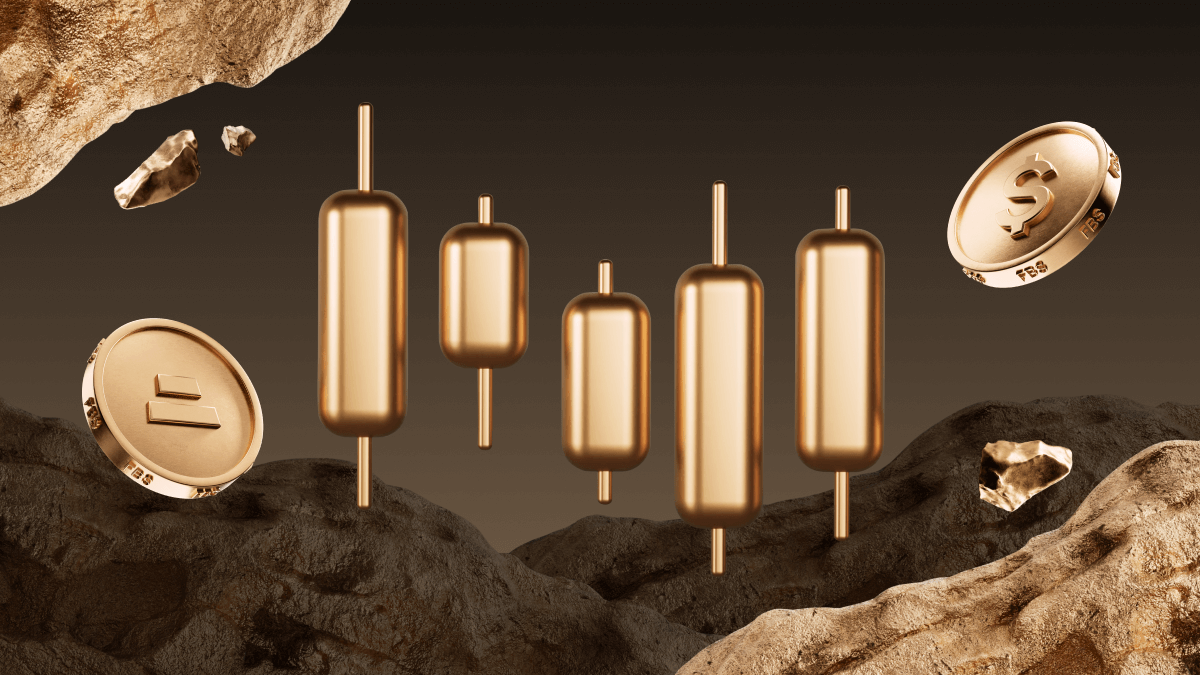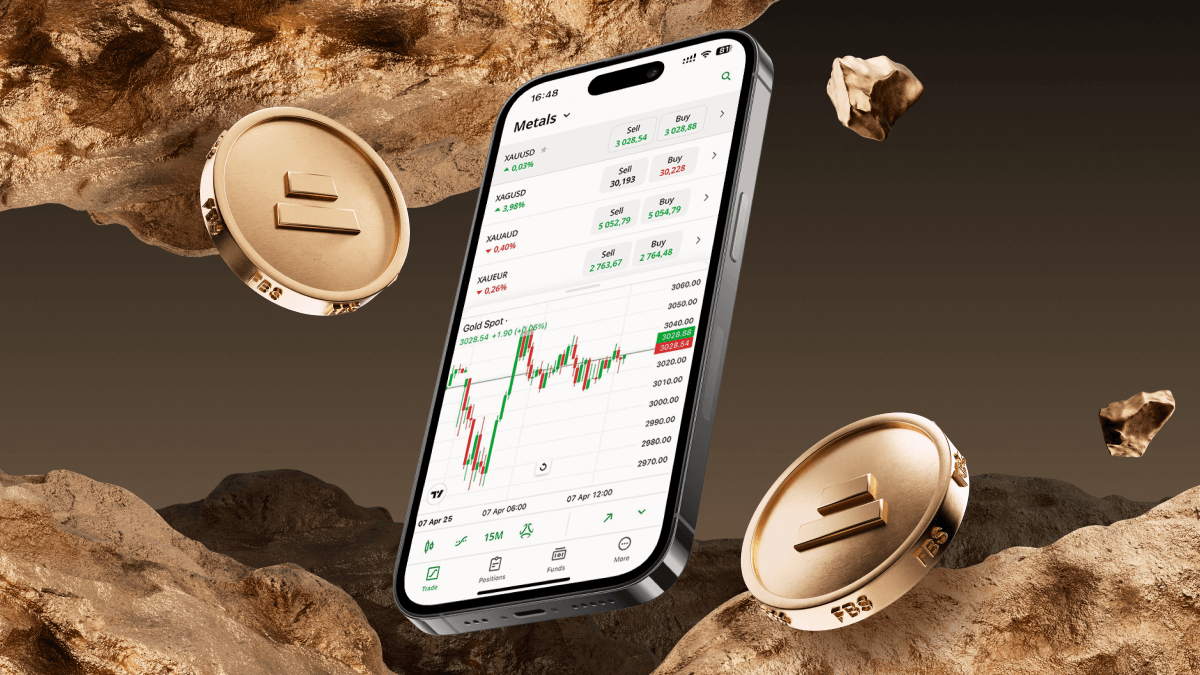Step 1: Understand price movements
It’s no secret that gold doesn’t move the same way as forex pairs, stocks, or other commodities, so the first crucial step is to learn what drives prices. Gold prices are influenced by several economic, psychological, and geopolitical factors.
Inflation and deflation
Gold is one of the safest assets due to its resilience. It’s a proven way to hedge against inflation in times of economic turmoil when cash can quickly decrease in value — so it's only natural that gold prices climb up when inflation is on the rise.
However, during deflationary periods cash becomes more valuable, so gold demand may drop as investors prioritize currencies.
Supply and demand
Gold supply is relatively stable because mining new gold is slow and costly. Hypothetically, a breakthrough or technological advancement in mining could increase supply and lower prices.
Higher demand pushes prices up. For example, countries like India and China drive gold demand for jewelry, and gold is also used in science, engineering and medicine.
Emotions, news and world events
Economic crises and geopolitical tensions make investors turn to gold as a safe haven asset. Greed can also influence gold prices when investors speculate on rising prices, leading to rapid price increases.
Interest rates and other economic data releases may also impact gold. The yellow metal and interest rate have a negative correlation. Similarly, gold is also negatively correlated to USD. When the price of gold goes up, USD goes down, and vice versa. In times of economic crises and uncertainty, however, they can move in the same direction — traders consider both of them to be safe investments.
Why studying historical prices is important
Don’t neglect the study of historical prices — it can give you some valuable insights.
Identify trends: it helps understand gold’s behavior in different economic conditions.
Manage your risks: knowing the details of past volatility helps investors make informed decisions.
Adopt better investment strategies: learn from the past and make better buy vs sell choices in the future.
Start trading commodities with FBS. Open a demo account now.

